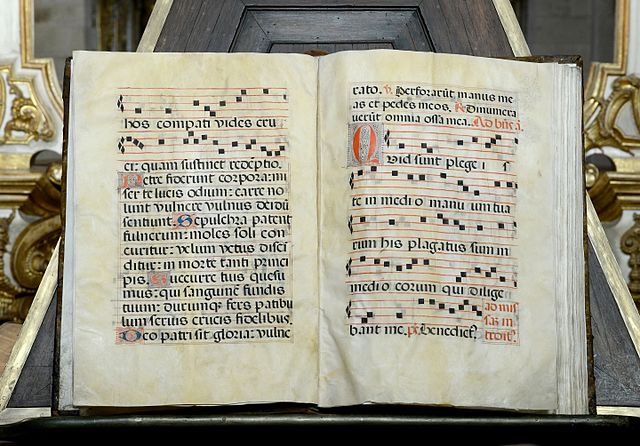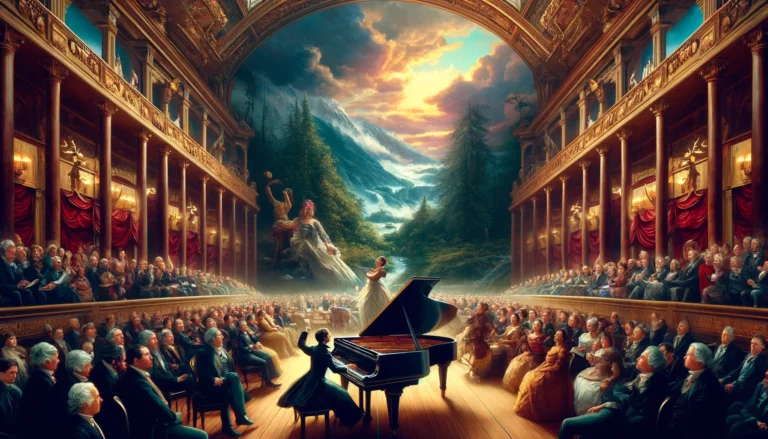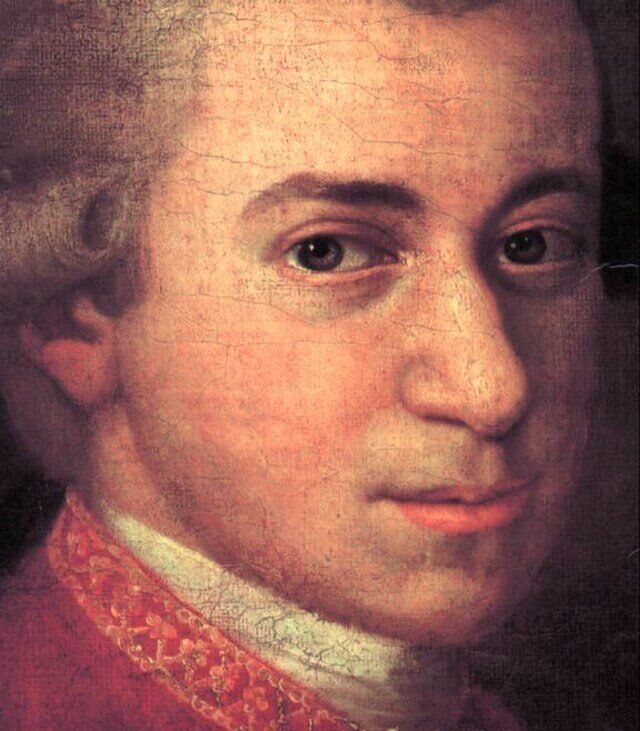Opera, a vibrant and dynamic art form, has evolved significantly since its inception in the early 17th century. From the pioneering works of Claudio Monteverdi to the grand operas of Giuseppe Verdi, this article explores the development of opera, highlighting key composers, stylistic transformations, and the enduring legacy of this beloved genre.
The Birth of Opera: Claudio Monteverdi
Opera as an art form began to take shape during the late Renaissance and early Baroque periods. Claudio Monteverdi (1567-1643), often referred to as the father of opera, played a crucial role in this transformation. His innovative approach combined music, drama, and poetry, laying the groundwork for future developments in the genre.
Monteverdi’s “L’Orfeo” (1607) is widely regarded as the first great opera. It tells the mythological story of Orpheus and Eurydice, blending dramatic narrative with expressive music. Monteverdi’s use of recitative—a style of delivery that mimics the rhythms of speech—allowed for greater emotional expression and narrative clarity. His mastery of both monody (solo singing with instrumental accompaniment) and polyphony (multiple independent voice parts) marked a significant departure from the earlier madrigal style, setting new standards for operatic composition.
The Baroque Flourish: Handel and the Expansion of Opera
Following Monteverdi, opera continued to flourish and evolve, particularly during the Baroque period (1600-1750). This era saw the rise of opera seria, a genre characterized by its serious tone, elaborate arias, and stories drawn from mythology and history. George Frideric Handel (1685-1759) was a towering figure in this genre, contributing significantly to its development and popularization.
Handel’s operas, such as “Giulio Cesare” (1724) and “Rinaldo” (1711), are notable for their rich orchestration, dramatic intensity, and virtuosic vocal writing. Handel’s ability to convey deep emotions through his music, combined with his talent for creating memorable melodies, ensured the enduring popularity of his works. His operas also featured elaborate staging and scenic effects, enhancing the overall theatrical experience.
The Classical Period: Mozart and the Refinement of Opera
The Classical period (1750-1820) brought further refinement and structural clarity to opera. Wolfgang Amadeus Mozart (1756-1791) emerged as one of the most important composers of this era, elevating opera to new artistic heights with his unparalleled genius.
Mozart’s operas, including “The Marriage of Figaro” (1786), “Don Giovanni” (1787), and “The Magic Flute” (1791), exemplify the perfect blend of music and drama. His skillful use of ensembles, where multiple characters sing simultaneously yet independently, added depth and complexity to his works. Mozart’s operas are celebrated for their intricate character development, emotional range, and masterful orchestration.
In addition to opera seria, Mozart also contributed to the development of opera buffa, a lighter, comic genre. “The Marriage of Figaro,” for example, combines elements of social satire with poignant human drama, showcasing Mozart’s versatility and his keen understanding of the human condition.
The Romantic Era: Bel Canto and the Rise of Italian Opera
The Romantic era (19th century) marked a period of significant change and expansion for opera, with a renewed emphasis on emotion, individual expression, and vocal virtuosity. This period saw the emergence of the bel canto style, characterized by beautiful, expressive singing and elaborate vocal ornamentation. Composers such as Gioachino Rossini (1792-1868), Gaetano Donizetti (1797-1848), and Vincenzo Bellini (1801-1835) were central figures in this movement.
Rossini’s “The Barber of Seville” (1816) and “William Tell” (1829) are prime examples of the bel canto style, featuring dazzling vocal fireworks, memorable melodies, and lively orchestration. Donizetti’s operas, such as “Lucia di Lammermoor” (1835), are noted for their emotional intensity and dramatic coherence, while Bellini’s “Norma” (1831) exemplifies the bel canto emphasis on lyrical beauty and vocal purity.
Giuseppe Verdi: The Culmination of Italian Opera
Giuseppe Verdi (1813-1901) stands as one of the greatest opera composers of all time, bringing the Italian opera tradition to its zenith. Verdi’s works are characterized by their dramatic power, memorable melodies, and profound psychological insight. His ability to create compelling characters and convey deep emotions through his music has ensured his operas remain staples of the repertoire.
Verdi’s early works, such as “Nabucco” (1842) and “Macbeth” (1847), established his reputation as a composer of dramatic intensity and nationalist fervor. “Nabucco” in particular resonated with Italian audiences, symbolizing the struggle for independence and unity.
Verdi’s middle period saw the creation of some of his most beloved operas, including “Rigoletto” (1851), “Il Trovatore” (1853), and “La Traviata” (1853). These works are notable for their complex characters, intricate plots, and emotional depth. “La Traviata,” for instance, explores themes of love, sacrifice, and societal hypocrisy, set to some of the most beautiful music ever written.
In his later years, Verdi continued to innovate and push the boundaries of the genre. His masterpiece “Aida” (1871) combines grandeur and intimacy, while “Otello” (1887) and “Falstaff” (1893) showcase his ability to adapt Shakespearean drama into operatic form with remarkable skill.
The Evolution of Opera Houses and Performance Practices
As opera developed, so too did the institutions and practices surrounding its performance. The construction of dedicated opera houses, such as the Teatro alla Scala in Milan and the Royal Opera House in London, provided venues that were acoustically and architecturally designed to enhance the operatic experience. These grand theaters became cultural hubs, attracting the finest singers, conductors, and composers of the time.
The role of the conductor also evolved during this period, becoming an essential figure in ensuring the musical and dramatic coherence of a performance. Renowned conductors such as Arturo Toscanini and Herbert von Karajan played crucial roles in interpreting and popularizing operatic works, bringing their own insights and nuances to the music.
The Legacy of Opera from Monteverdi to Verdi
The development of opera from Monteverdi to Verdi represents a journey of continuous innovation and artistic growth. Each composer built upon the achievements of their predecessors, expanding the expressive possibilities of the genre and exploring new dramatic and musical territories.
Monteverdi’s pioneering work laid the foundation for the future of opera, while Handel’s contributions solidified its status as a major art form. Mozart’s genius refined and elevated opera, setting new standards for musical and dramatic excellence. The bel canto composers brought a renewed focus on vocal beauty and emotional expression, paving the way for Verdi’s masterful synthesis of drama and music.
Verdi’s operas, with their profound emotional impact and unforgettable melodies, remain central to the operatic canon. His works continue to be performed and celebrated around the world, ensuring that the legacy of the composers who came before him endures.
From the innovative experiments of Monteverdi to the dramatic masterpieces of Verdi, the development of opera has been a remarkable journey of artistic evolution. Each era brought new styles, forms, and techniques, enriching the genre and expanding its expressive range. The enduring popularity of opera today is a testament to the vision and creativity of these great composers, whose works continue to captivate and inspire audiences across the globe.
Credit:
Interior of La Fenice in 1837. Original at Museo Correrhttps://commons.wikimedia.org/wiki/File:Interior_of_La_Fenice_in_1837._Original_at_Museo_Correr.jpg



